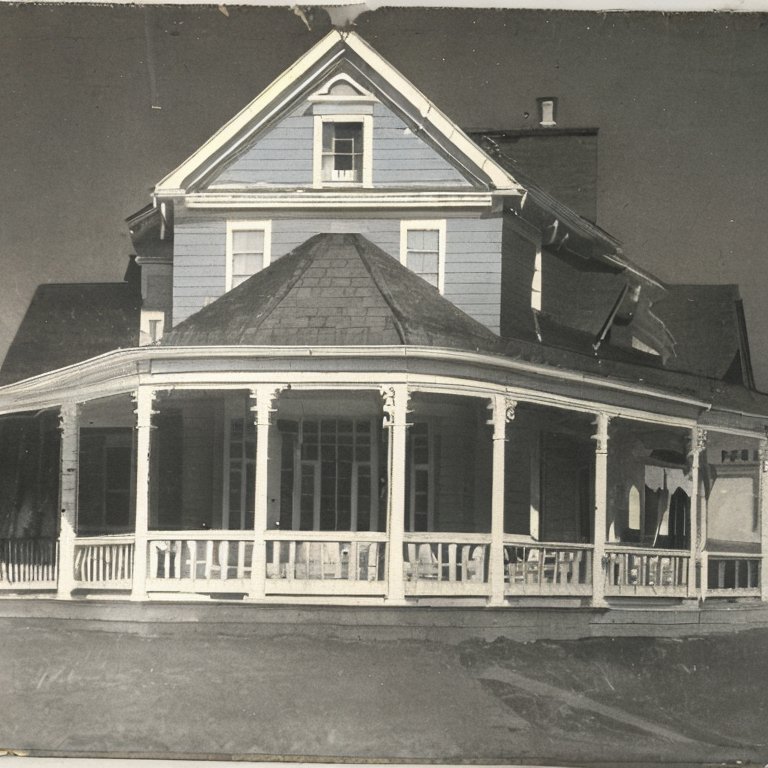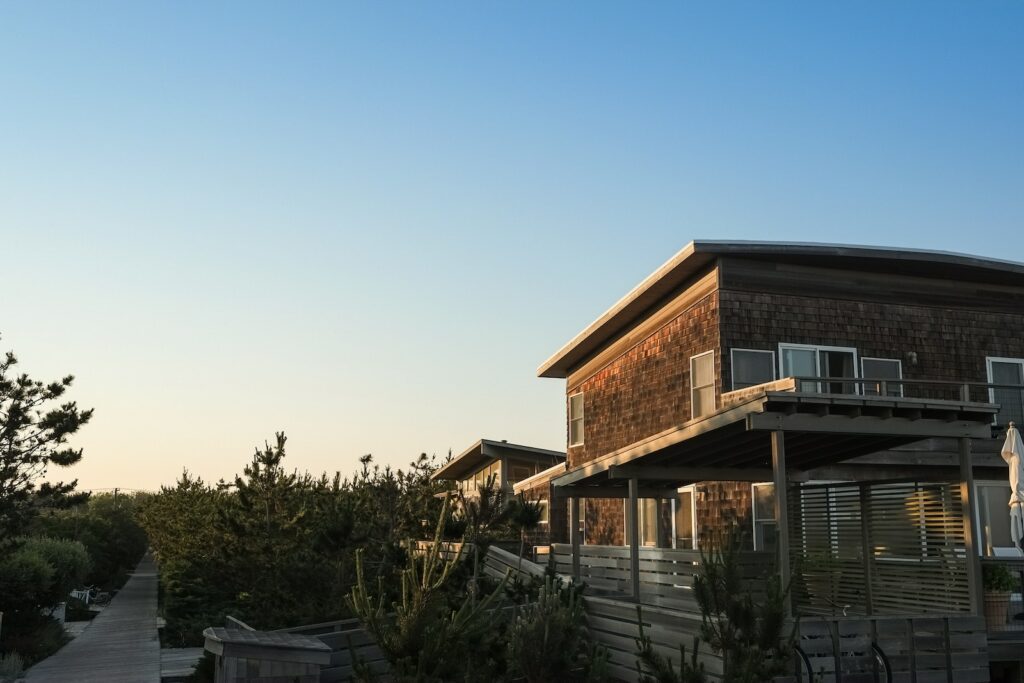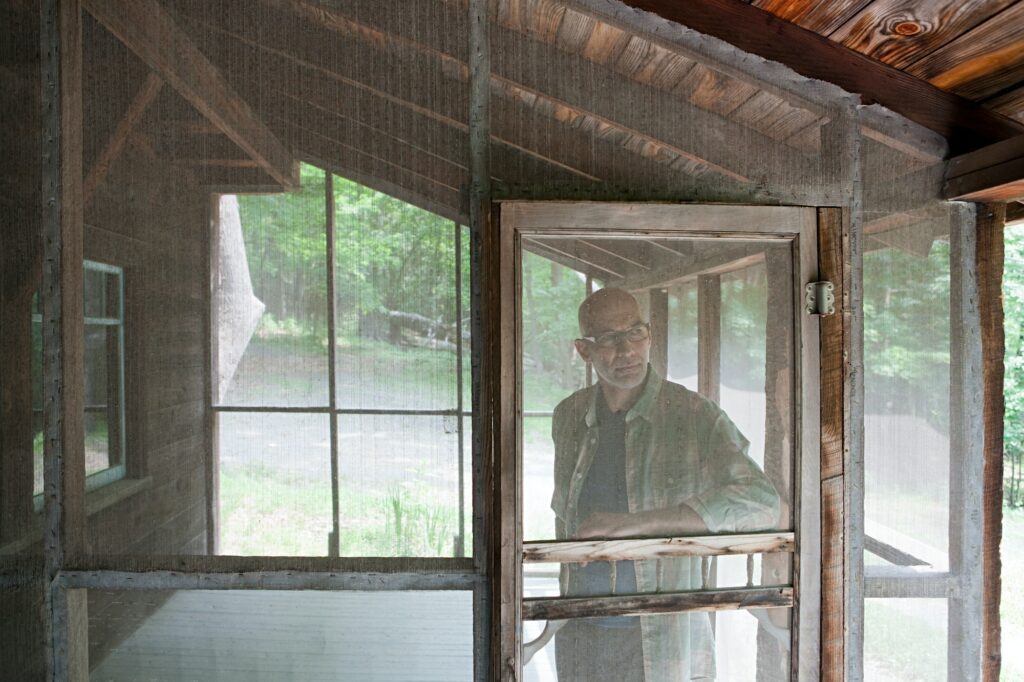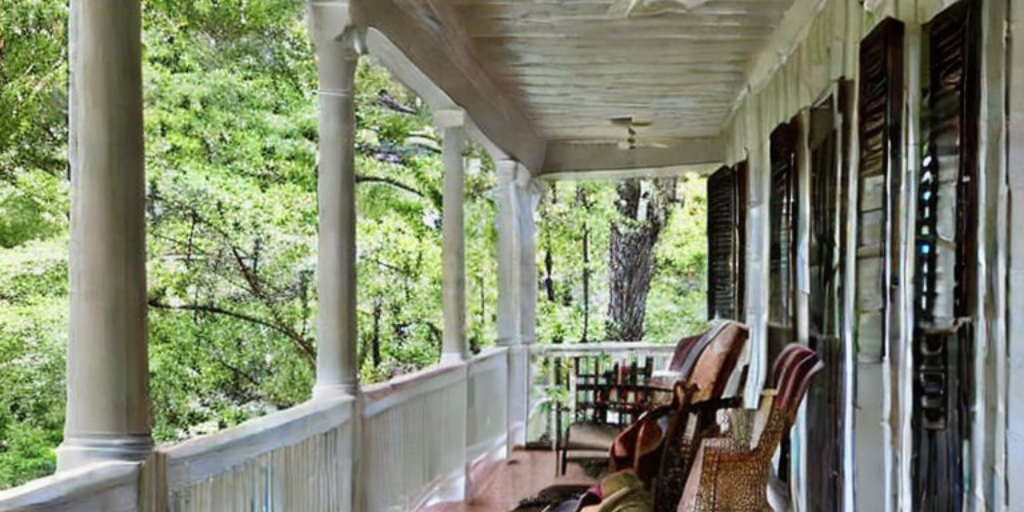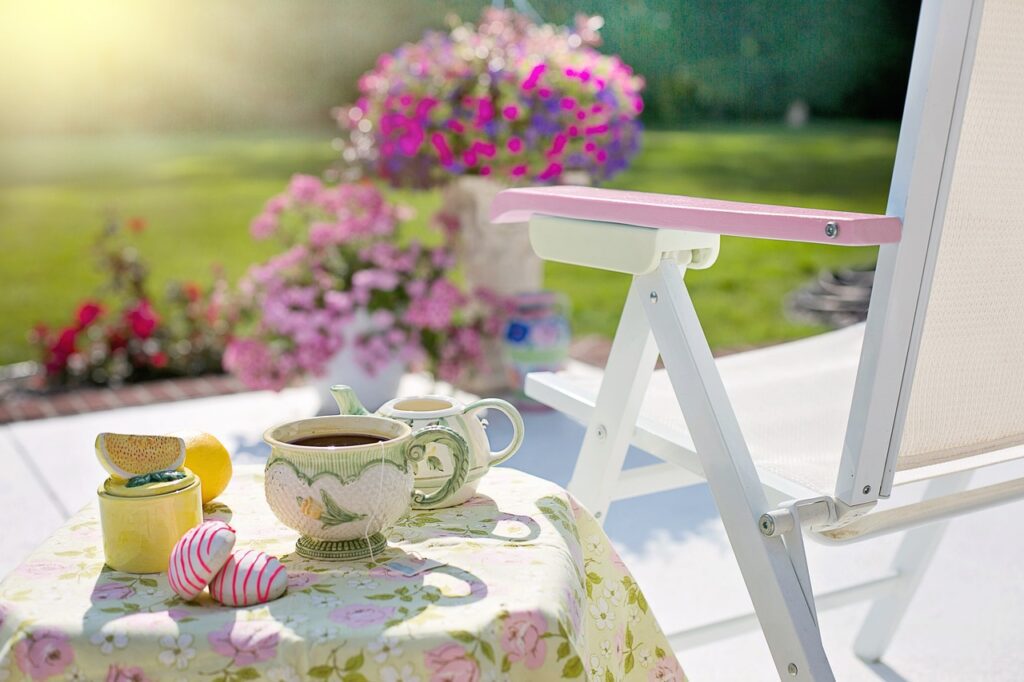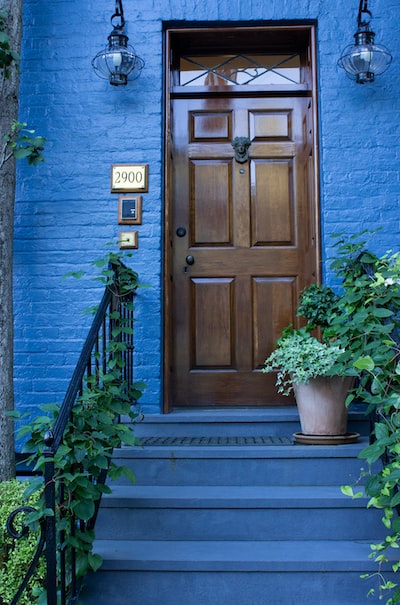Welcome to our comprehensive guide on what does service porch mean. If you’ve ever come across the term “service porch” and found yourself wondering what it actually means, you’re in the right place. In this article, we will delve into the definition, purpose, and various aspects of a service porch, unraveling its secrets and shedding light on its significance. So, let’s embark on this enlightening journey to discover what a service porch truly entails.
What does service porch mean?
Contents
- 1 What does service porch mean?
- 2 Are there alternative names for a service porch?
- 3 Are there historical origins behind the concept of a service porch?
- 4 How does a service porch differ from a regular porch?
- 5 Is a service porch common in modern homes?
- 6 Are there specific design considerations for a service porch?
- 7 Can a service porch be customized to suit individual needs?
- 8 What are the common dimensions of a typical service porch?
- 9 Can a service porch be integrated into different architectural styles?
- 10 Are there specific building codes or regulations for constructing a service porch?
- 11 Can a service porch be incorporated into outdoor entertaining spaces?
- 12 FAQs about what does service porch mean
- 13 Final remarks on what does service porch mean
A service porch is a designated area within a home or building that is specifically designed for performing various household tasks and service-related activities. It is a functional space that helps streamline the daily operations of a household or a commercial establishment. The service porch is typically located adjacent to or connected with the main kitchen or utility room, allowing for easy access and convenience.
The primary purpose of a service porch is to provide a separate area where tasks like laundry, storage, and other service-related activities can be efficiently carried out. It serves as a hub for activities such as sorting and washing laundry, storing supplies and equipment, and performing service-related tasks like ironing or folding clothes. By having a designated space for these activities, the service porch helps keep them separate from the main living areas, promoting organization and efficiency.
In terms of features, a service porch often includes essential appliances and fixtures such as washing machines, dryers, utility sinks, and additional storage cabinets. The design of a service porch focuses on functionality, with ample space for performing tasks and storing necessary items. Its location in close proximity to the main kitchen or utility room ensures easy access and seamless transfer of items and supplies.
Are there alternative names for a service porch?
While the term “service porch” is commonly used to refer to a designated area for household tasks and chores, there are indeed alternative names that may be used to describe a similar concept. These alternative names vary depending on regional preferences, architectural styles, and specific functions associated with the space. Here are a few examples:
- Mudroom: A mudroom is a popular alternative term for a service porch, especially in North America. It typically serves as an entryway into the home where shoes, coats, and outdoor gear can be stored to prevent dirt and debris from being tracked inside.
- Utility Room: In some cases, a service porch may be referred to as a utility room. This term emphasizes the practicality and functional aspects of the space, highlighting its purpose for housing appliances, storage, and performing various household tasks.
- Laundry Room: If the primary function of the service porch revolves around laundry-related activities, it may be called a laundry room. This name suggests that the space is dedicated to tasks such as washing, drying, and folding clothes.
- Back Entry: In certain architectural contexts, a service porch may simply be referred to as the back entry or rear entry. This term highlights its location at the back of the house and emphasizes its role as an access point for household activities.
- Service Area: Some homeowners may use the more general term “service area” to encompass a range of spaces dedicated to different household functions, including the service porch. This name highlights the area’s purpose of supporting and facilitating various service-related tasks.
It’s important to note that these alternative names may be used interchangeably or with slight variations depending on personal preferences and regional dialects.
Are there historical origins behind the concept of a service porch?
The concept of a service porch can be traced back to historical architectural traditions and the evolving needs of households over time. While the specific origins may vary across cultures and regions, the idea of a dedicated space for household tasks has roots in practicality and convenience. Here are some historical influences that have shaped the concept of a service porch:
- Victorian Servants’ Quarters: During the Victorian era, large households often had designated quarters for domestic servants. These areas included service rooms and passages that provided access to the main house while allowing servants to carry out their duties efficiently.
- Back-of-House Spaces: In older homes, it was common for household chores and tasks to be performed in the back-of-house areas, away from the more formal and public spaces. These areas typically included the kitchen, pantry, scullery, and other utility rooms, which collectively served as precursors to the modern service porch.
- Farmhouse Traditions: Traditional farmhouses often featured practical spaces for farm-related tasks, such as boot rooms or farm entries. These areas allowed farm workers to remove dirty boots and outerwear before entering the main living spaces, minimizing the spread of dirt and odors.
- Historic Cultural Practices: Various cultures have had their own versions of service porches or utility areas that catered to specific cultural practices and household needs. For example, in Japanese architecture, the genkan serves as an entryway where shoes are removed before entering the main living areas.
The concept of a service porch has evolved over time to meet the changing needs and lifestyles of households. Today, it continues to be a valuable addition to homes, providing a designated space for practical tasks and helping to maintain cleanliness and organization.
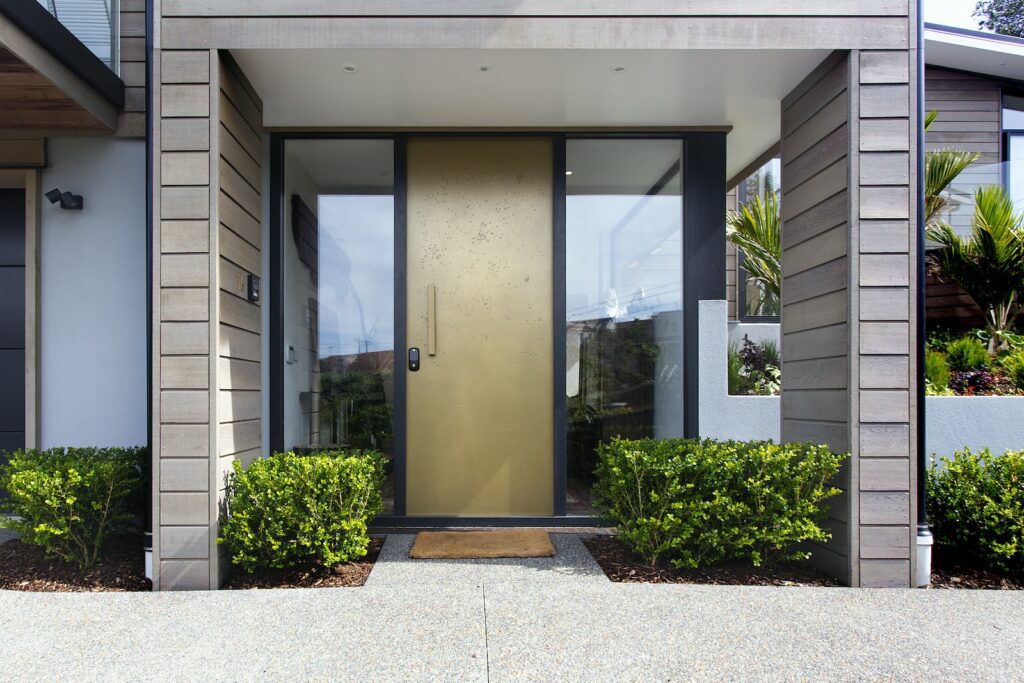

How does a service porch differ from a regular porch?
When comparing a service porch to a regular porch, there are distinct differences that set them apart in terms of purpose and functionality. Understanding these disparities can help homeowners make informed decisions about their porch design and usage. Here’s a breakdown of how a service porch differs from a regular porch:
- Purpose: A regular porch is primarily designed for leisure and recreation, serving as a welcoming outdoor space for relaxation or socializing. On the other hand, a service porch has a more utilitarian function, providing a practical area for various household tasks and functions.
- Layout and Design: Regular porches often feature comfortable seating, decorative elements, and landscaping to create an inviting ambiance. In contrast, a service porch is designed with functionality in mind, with features such as additional storage cabinets, workstations, utility sinks, and laundry facilities.
- Accessibility: While regular porches are typically accessible from the main living areas of the house, a service porch is often situated in close proximity to the kitchen or utility room. This strategic location allows for easy access and efficient movement while performing household tasks.
- Privacy: Regular porches are more exposed and open to the surrounding environment, providing a connection to the outdoors. Service porches, on the other hand, may have more walls or screens to ensure privacy, especially when engaging in tasks that require discretion or involve the handling of household chores.
In summary, a service porch differs from a regular porch in terms of its purpose, layout, accessibility, and privacy features. While a regular porch emphasizes leisure and socializing, a service porch focuses on practicality and enhancing the efficiency of household activities.
Is a service porch common in modern homes?
The prevalence of service porches in modern homes has varied over time and can be influenced by factors such as regional preferences, architectural styles, and the evolving needs of homeowners. Here’s a closer look at the commonality of service porches in modern homes:
- Historical Context: In earlier times, service porches were more prevalent in traditional or historic homes. They were essential for facilitating household chores, such as laundry, food preparation, and storage. However, as lifestyles and home design trends evolved, the prominence of service porches in modern homes diminished.
- Shift in Priorities: With advances in technology and changes in lifestyle, modern homes have seen a shift towards centralizing household functions. Many modern homes incorporate efficient layouts that integrate utility rooms and kitchens, reducing the need for separate service porches.
- Customization and Preferences: While service porches may not be as common in standard modern home designs, they can still be found in homes where customization and specific functional requirements are prioritized. Homeowners who desire dedicated spaces for tasks like gardening, pet care, or home maintenance may opt for a service porch as part of their design plans.
- Alternative Solutions: In some cases, homeowners may choose alternative solutions to fulfill the functions of a service porch. This can include incorporating multipurpose areas or integrating storage and utility features into other parts of the home, such as mudrooms, laundry rooms, or garages.
While service porches may not be as ubiquitous in modern homes as they were in the past, their inclusion in home designs is influenced by individual preferences and the specific needs of homeowners. In situations where functionality and customization are key considerations, a service porch can still be a valuable addition to a modern home.
Are there specific design considerations for a service porch?
When it comes to designing a service porch, there are several key considerations that can help ensure its functionality and efficiency. Here are some specific design considerations to keep in mind:
- Layout and Flow: An effective service porch design should prioritize seamless workflow and ease of movement. Consider the arrangement of storage cabinets, workstations, and appliances to optimize accessibility and minimize unnecessary steps during household tasks.
- Storage Solutions: Adequate storage is essential in a service porch to keep supplies, tools, and equipment organized and easily accessible. Incorporate cabinets, shelves, and hooks to accommodate various items, such as cleaning supplies, gardening tools, or pet care essentials.
- Utility Features: Depending on your specific needs, consider incorporating utility features that enhance the functionality of the service porch. This may include a utility sink for washing and cleaning, a countertop or workbench for various tasks, or even a dedicated space for laundry appliances.
- Lighting and Ventilation: Ensure that the service porch has sufficient natural or artificial lighting to create a well-lit workspace. Adequate ventilation is also important to prevent odors and maintain a comfortable environment. Consider windows, skylights, or exhaust fans to promote airflow and fresh air circulation.
- Durable and Easy-to-Clean Surfaces: Choose durable and easy-to-clean surfaces for the flooring and countertops of the service porch. This will help withstand the wear and tear of daily tasks and simplify the cleaning process.
Can a service porch be customized to suit individual needs?
Absolutely! One of the advantages of a service porch is its potential for customization to suit individual needs and preferences. Here are some ways you can tailor a service porch to meet your specific requirements:
- Functional Zones: Divide the service porch into distinct functional zones based on the tasks you commonly perform. This can include separate areas for gardening, pet care, laundry, or general household maintenance. Customize each zone with the appropriate storage, equipment, and amenities.
- Personalization: Add personal touches to the service porch to make it feel inviting and reflect your style. Incorporate decorative elements, such as artwork, plants, or color schemes, that align with your aesthetic preferences.
- Additional Features: Consider additional features that align with your specific needs. This could include installing a pet washing station, a dedicated recycling or composting area, or a built-in workspace for crafts or DIY projects.
- Flexibility: Design the service porch with flexibility in mind. Opt for modular storage solutions, movable workstations, or adjustable shelving to accommodate changing needs and allow for easy reconfiguration.
- Accessibility: Customize the service porch to ensure it is accessible and user-friendly for all household members. Consider factors such as counter height, reachability of storage, and ease of use for appliances and fixtures.
By considering your unique requirements and customizing the design of your service porch, you can create a space that is tailored to your needs and enhances the efficiency and convenience of your daily household tasks.
What are the common dimensions of a typical service porch?
The dimensions of a typical service porch can vary depending on factors such as available space, architectural design, and intended use. While there is no one-size-fits-all answer to this question, here are some common dimensions that you might come across:
- Width: The width of a service porch typically ranges from 4 to 8 feet (1.2 to 2.4 meters). This allows for sufficient space to move around comfortably and perform various tasks without feeling cramped.
- Length: The length of a service porch can vary significantly depending on the available space and the functions it is intended to serve. In some cases, it may extend the entire length of the house, while in others, it may be more compact.
- Height: The height of a service porch is usually similar to that of the adjacent rooms or the overall height of the house. This ensures consistency in the architectural design and allows for easy integration with the rest of the structure.
- Ceiling Height: The ceiling height of a service porch is typically lower than that of the main living spaces. It is often around 8 feet (2.4 meters) or slightly lower, as this is sufficient for most household tasks and helps create a more intimate and utilitarian atmosphere.
- Doorway Dimensions: The doorway leading to the service porch is usually wide enough to accommodate the passage of people, furniture, and large household items. It is commonly around 3 feet (0.9 meters) wide to allow for easy access.
It’s important to note that these dimensions are general guidelines and can be adjusted based on individual preferences, architectural styles, and specific functional requirements.
Can a service porch be integrated into different architectural styles?
Yes, a service porch can be seamlessly integrated into various architectural styles, providing a functional and aesthetically pleasing addition to different types of homes. Whether your house is traditional, modern, colonial, or contemporary, there are ways to incorporate a service porch that complements the overall design. Here are some examples:
- Traditional Styles: In traditional architectural styles, such as Victorian or Craftsman, a service porch can feature decorative details and elements that match the overall design. It may include elements like intricate moldings, traditional light fixtures, and window designs that reflect the architectural style of the house.
- Modern Styles: For modern or minimalist homes, a service porch can maintain a clean and streamlined design. It may feature sleek lines, large windows for natural light, and minimalistic finishes that blend seamlessly with the rest of the house. The focus is on functionality and simplicity.
- Colonial Styles: In colonial-style homes, a service porch can be designed to complement the symmetry and elegance of the overall architecture. It may have a symmetrical layout, classic columns, and a pitched roof that matches the main house. The materials used can be consistent with the traditional aesthetic, such as brick or clapboard siding.
- Contemporary Styles: In contemporary architecture, a service porch can embrace a more innovative and unique design approach. It may incorporate modern materials like glass, metal, or concrete, and feature geometric shapes and open layouts that emphasize a sense of openness and functionality.
- Eclectic Styles: Homes with eclectic architectural styles offer the opportunity to blend different design elements. In this case, a service porch can be customized to combine various architectural details, materials, and finishes, creating a unique and visually engaging space.
By considering the architectural style of your home and working with a skilled architect or designer, you can ensure that your service porch seamlessly integrates with the overall design aesthetic while fulfilling its practical purpose.
Are there specific building codes or regulations for constructing a service porch?
When it comes to constructing a service porch, it is essential to be aware of the specific building codes and regulations in your area. These codes are put in place to ensure the safety and structural integrity of the porch. While the exact requirements may vary depending on your location, here are some common considerations:
- Permits: Before starting any construction project, including a service porch, it is crucial to obtain the necessary permits from your local building authority. These permits ensure that your project complies with the building codes and regulations set forth in your area.
- Structural Requirements: Building codes often dictate the minimum structural requirements for a service porch, including the size and depth of footings, framing techniques, and load-bearing capacities. These regulations ensure that the porch can withstand various weather conditions and remain sturdy over time.
- Electrical and Plumbing: If you plan to incorporate electrical or plumbing components into your service porch, such as lighting fixtures or utility sinks, there may be additional codes and regulations to consider. These regulations ensure proper installation and adherence to safety standards.
- Accessibility: Building codes also address accessibility requirements for porches, ensuring that they can be safely and easily accessed by all individuals, including those with disabilities. This may involve considerations such as ramp installation, handrail heights, and door width requirements.
- Fire Safety: Depending on your location, there may be specific fire safety regulations that apply to service porches. These regulations can include guidelines for the use of fire-resistant materials, proper ventilation, and proximity to other structures.
It is crucial to consult with a professional architect, contractor, or local building authority to ensure that your service porch project complies with all relevant building codes and regulations in your area. This will help you avoid costly fines, delays, and ensure the safety and legality of your construction project.


Can a service porch be incorporated into outdoor entertaining spaces?
Absolutely! A service porch can be a fantastic addition to outdoor entertaining spaces, providing both functionality and aesthetics. Here are some ways in which a service porch can be incorporated into your outdoor entertaining area:
- Preparation and Serving Area: A service porch can serve as a dedicated space for preparing and serving food and beverages during outdoor gatherings. It can feature countertops, sinks, storage cabinets, and even built-in grills or cooking stations. This allows you to have a convenient and organized area for all your entertaining needs.
- Storage and Organization: Incorporating storage solutions into your service porch can help keep your outdoor entertaining space tidy and organized. You can have cabinets or shelving units to store dishes, utensils, serving platters, and other essentials. This ensures that everything is within reach and easily accessible when needed.
- Protection from the Elements: A service porch provides shelter from the sun, rain, and other weather elements, allowing you to enjoy your outdoor entertaining space regardless of the conditions. This means you can host gatherings without worrying about sudden weather changes or excessive heat.
- Seating and Lounging Area: Depending on the size of your service porch, you can incorporate seating and lounging areas where guests can relax and socialize. This can include comfortable seating options such as benches, chairs, or even a cozy outdoor sofa. Adding cushions and pillows in weather-resistant fabrics enhances both comfort and style.
- Ambiance and Lighting: Integrate ambient lighting fixtures, such as string lights, lanterns, or wall sconces, into your service porch to create a warm and inviting atmosphere during evening gatherings. Lighting plays a crucial role in setting the mood and adding a touch of charm to your outdoor entertaining space.
By incorporating a service porch into your outdoor entertaining area, you can elevate the functionality and enjoyment of your service porch.
FAQs about what does service porch mean
Q: What is the purpose of a service porch?
A: A service porch serves as a designated area for household tasks, such as laundry, storage, and service-related activities, to keep them separate from the main living spaces.
Q: Is a service porch the same as a mudroom?
A: While there may be similarities between a service porch and a mudroom, they serve different purposes. A mudroom focuses on providing a transitional space between the outdoors and the interior of a home, primarily used for removing outdoor clothing and footwear.
Final remarks on what does service porch mean
In conclusion, our analysis on what does service porch mean is easy to understand. It is a versatile and practical space that plays a crucial role in facilitating household tasks and service-related activities. Understanding the definition, purpose, and characteristics of a service porch can help you appreciate its significance and make the most of this functional area in your home.
Whether you’re considering incorporating a service porch into your property or simply seeking knowledge about its meaning, we hope this comprehensive guide has provided the answers you were seeking. So, embrace the concept of the service porch and let it enhance the efficiency and organization of your daily routines.
